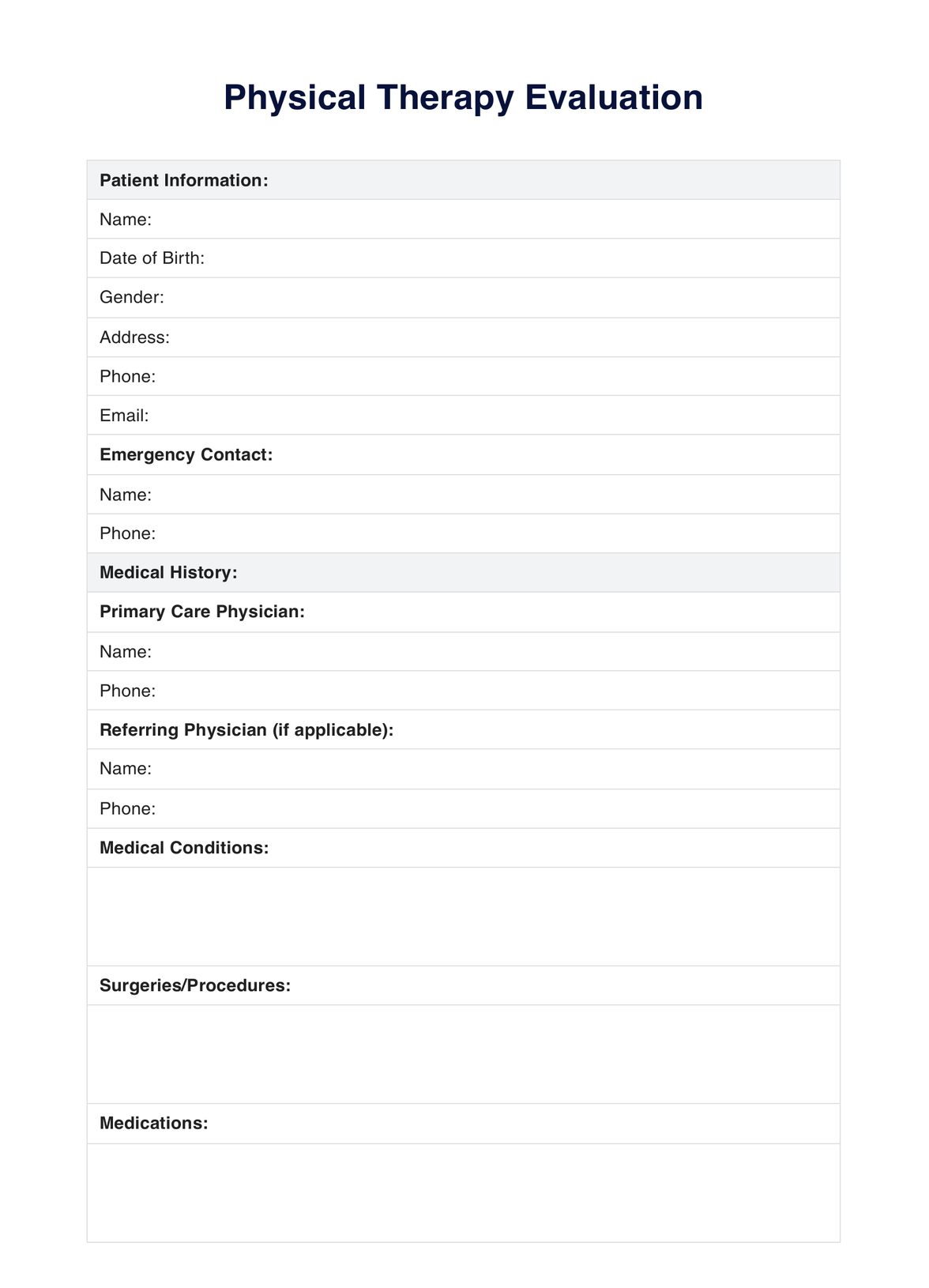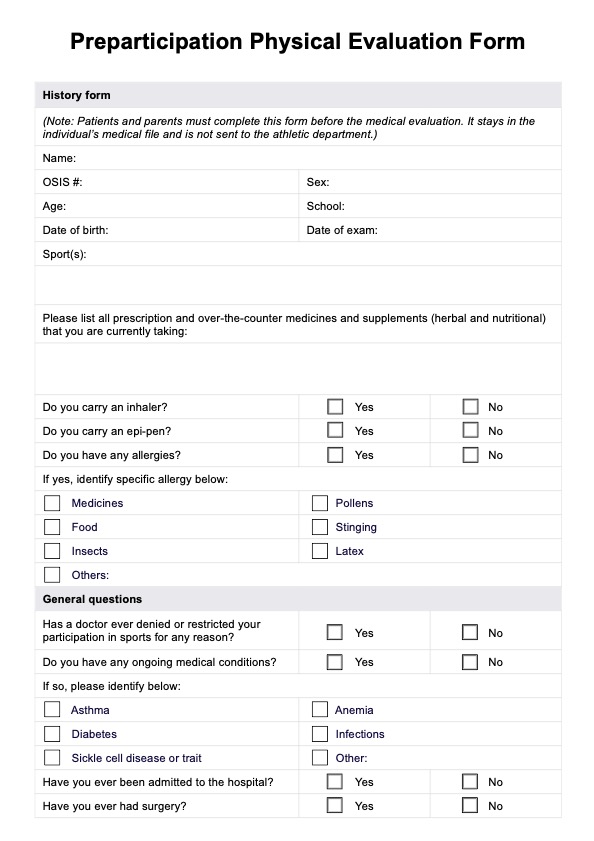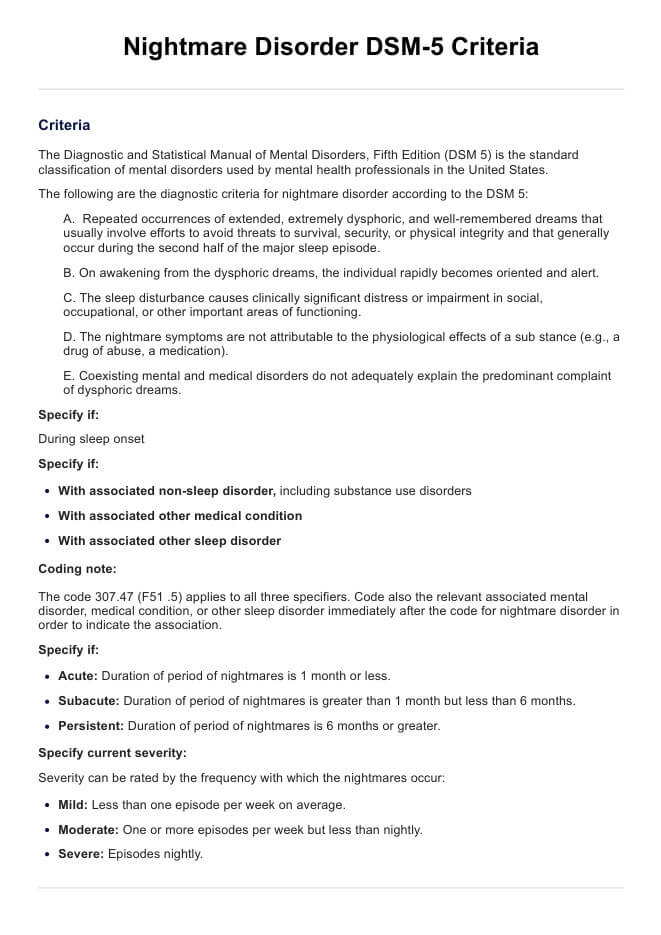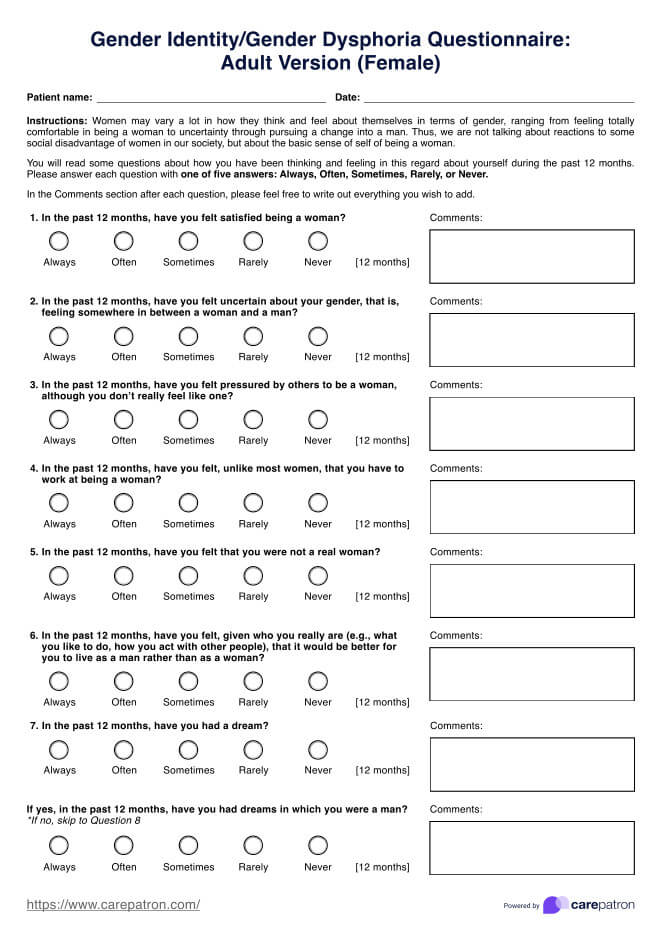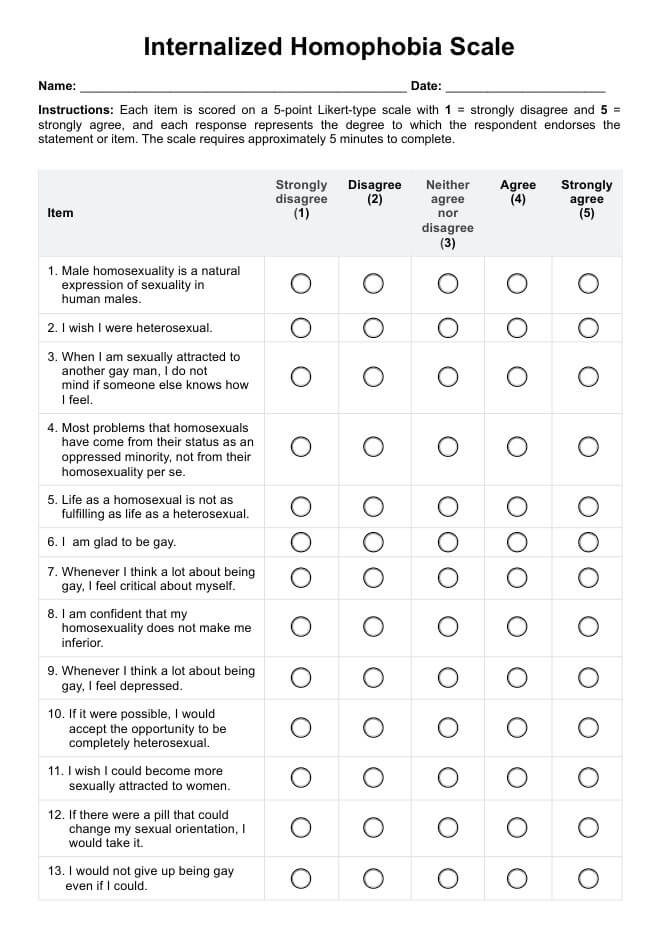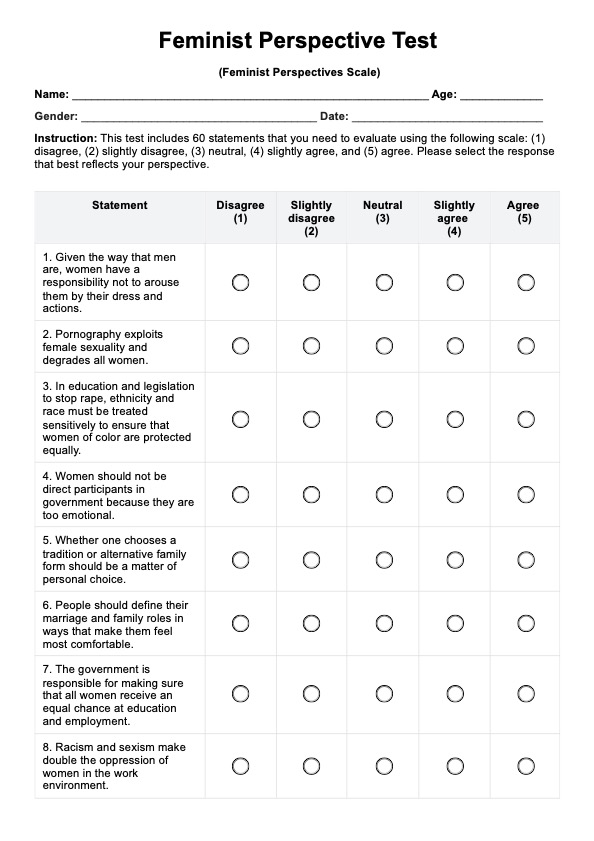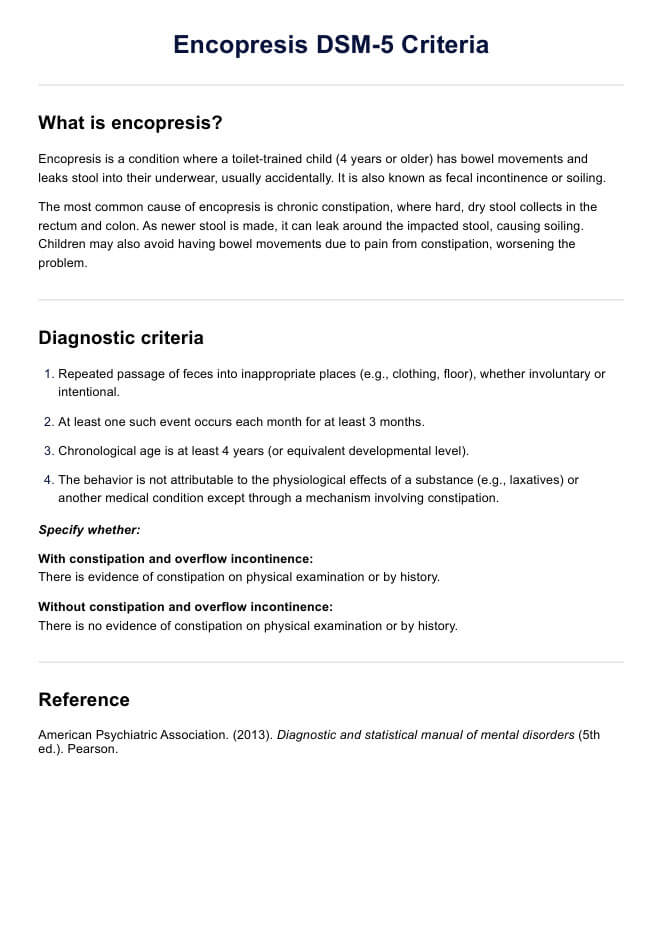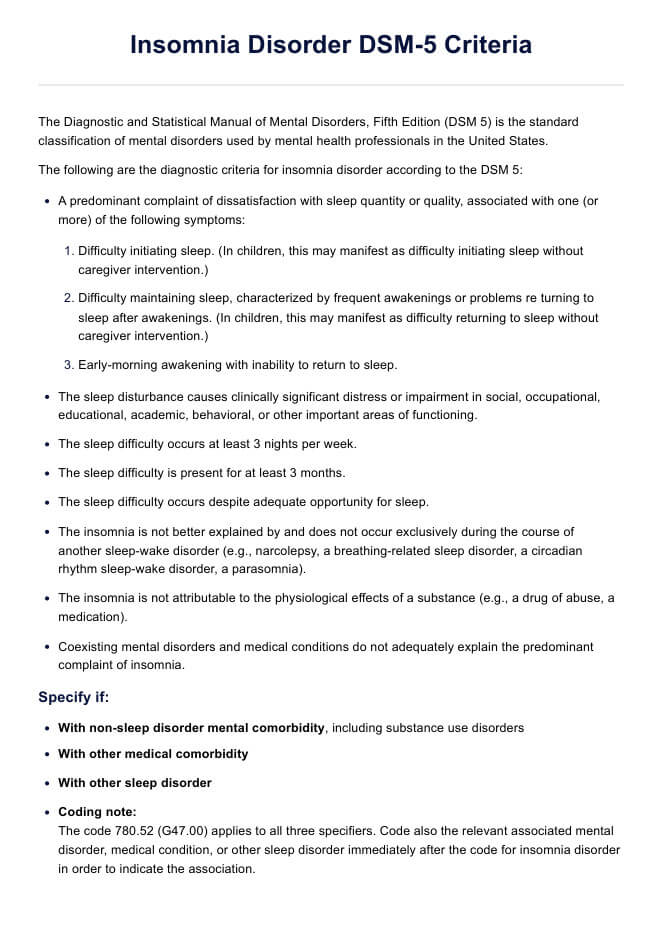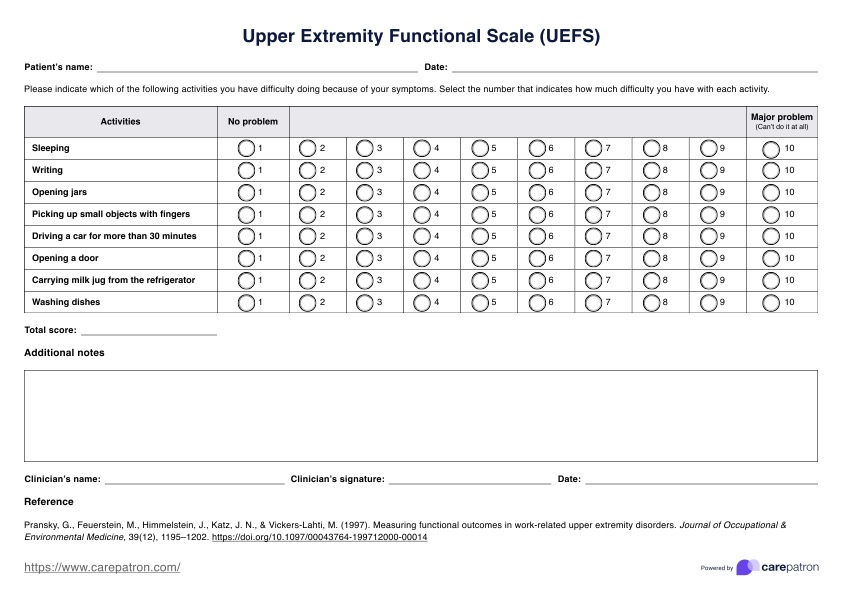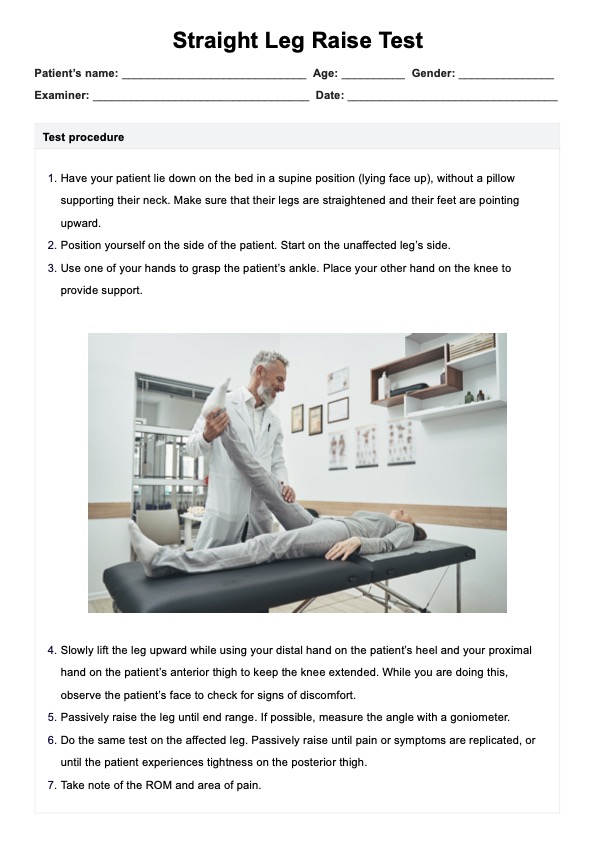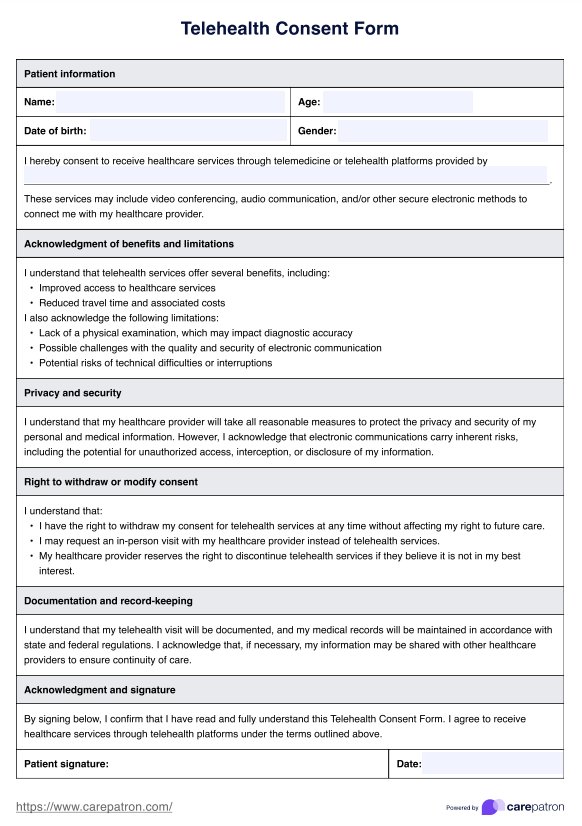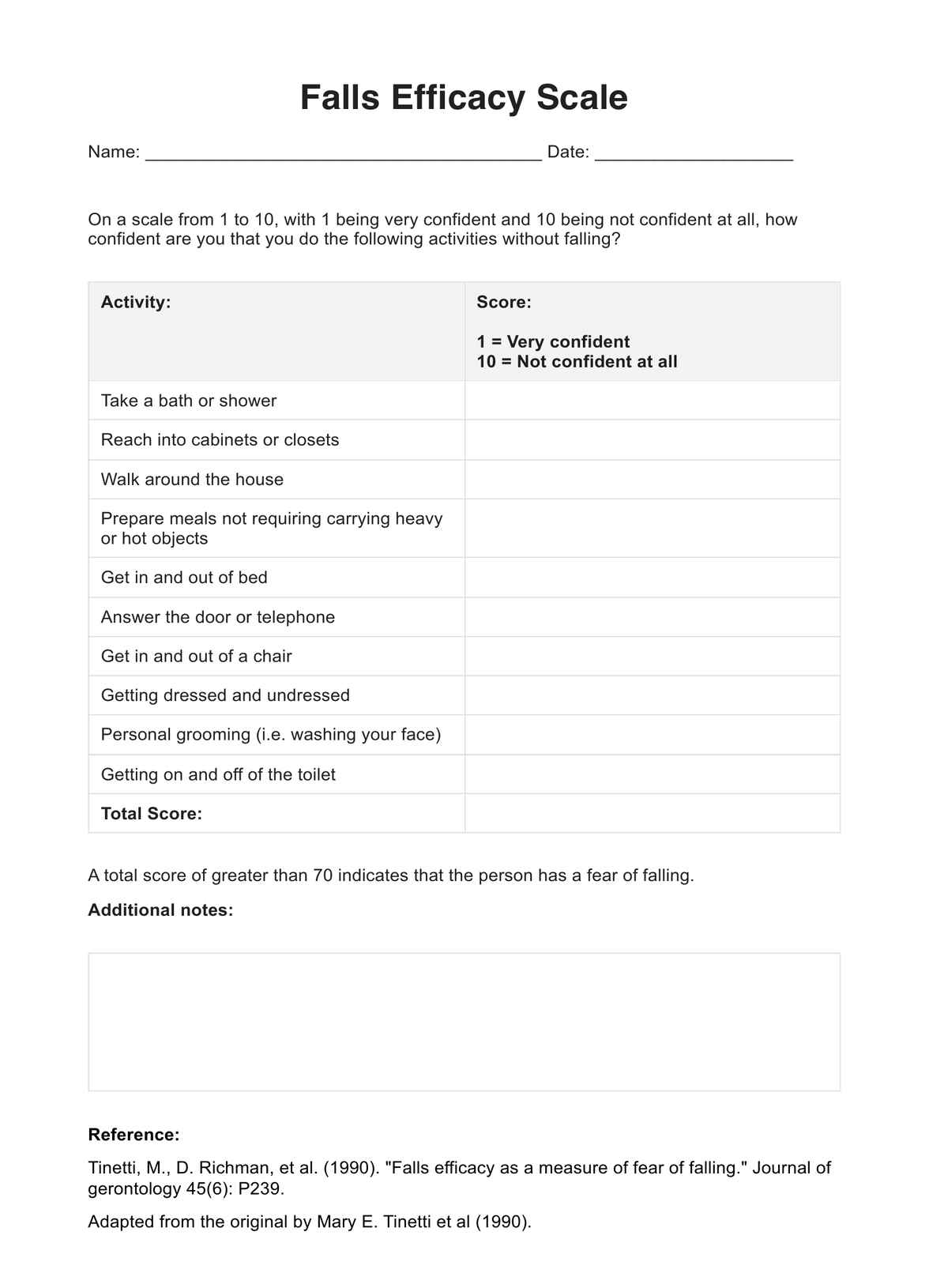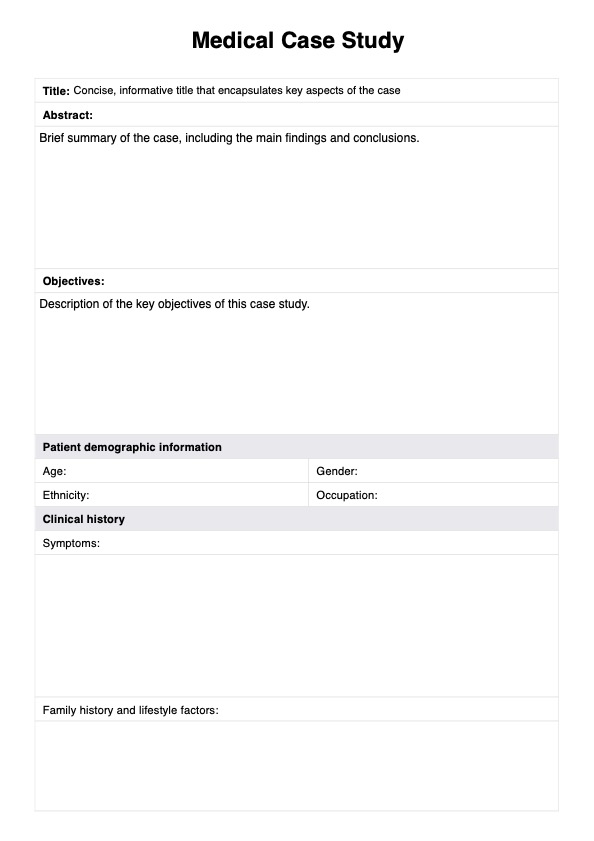Physical Therapy Evaluation Template
Get a free Physical Therapy Evaluation Template. Download Carepatron's PDF to streamline your assessment process with examples.


What is a physical therapy evaluation?
A physical therapy evaluation is a crucial initial step in rehabilitation, designed to assess a patient's musculoskeletal and functional status. It is a comprehensive examination that enables therapists to gather essential information about a patient's medical history, current physical condition, and specific concerns or limitations.
During the evaluation, therapists employ a variety of standardized tests and measures to objectively quantify a patient's strength, range of motion, flexibility, and overall mobility. This information helps identify dysfunction, pain, or weakness areas, allowing the therapist to formulate a personalized treatment plan tailored to the patient's needs.
Furthermore, a comprehensive physical therapy evaluation establishes a strong foundation for effective communication between the therapist and the patient. It fosters a collaborative relationship where the therapist can educate the patient about their condition, set realistic expectations, and work together towards achieving optimal outcomes.
Providing valuable insights into a patient's physical health and capabilities empowers therapists to deliver personalized care that addresses specific concerns and facilitates improved mobility, function, and overall well-being.
Physical Therapy Evaluation Template
Physical Therapy Evaluation Template Example
What is the importance of a physical therapy evaluation?
A physical therapy evaluation holds paramount significance in the continuum of rehabilitative care, serving as a pivotal tool in understanding a patient's unique needs and tailoring interventions accordingly.
One crucial aspect is delving into the patient's medical history, which forms the foundation for the assessment. This historical context enables therapists to grasp the intricacies of prior injuries, surgeries, or medical conditions, offering valuable insights into potential challenges and influencing the course of treatment.
The use of a physical therapy evaluation form is integral to this process. By systematically documenting a patient's current physical condition, this form serves as a roadmap for the therapist. It covers a spectrum of factors, including range of motion, strength, flexibility, and pain levels.
Such meticulous documentation ensures a comprehensive understanding of the patient's baseline and facilitates seamless communication among healthcare professionals involved in the patient's care.
Additionally, the emphasis on skilled physical therapy services is vital. A well-executed evaluation by a professional therapist goes beyond mere data collection; it establishes a therapeutic alliance. This connection fosters trust and open communication, creating an environment where patients feel empowered and engaged in their rehabilitation journey.
Preliminary steps to doing a physical therapy evaluation
Before delving into the specifics of a physical therapy evaluation, navigating through crucial preliminary steps in following a physical therapy evaluation form is essential. These initial stages lay the groundwork for a comprehensive assessment, ensuring that therapists gather accurate and pertinent information. Let's explore these preliminary steps in detail:
Past medical history
Understanding a patient's past medical history is fundamental to tailoring effective interventions. You can begin by asking for detailed information about previous injuries, surgeries, and medical conditions. This step provides valuable context for the current state of health, influencing the trajectory of the evaluation. Thorough documentation of the medical and surgical history is vital for creating a holistic picture of the patient's musculoskeletal health.
Clinical presentation
Examining the patient's analytical presentation involves keen observation and assessment of their physical condition. This step encompasses aspects such as posture, gait, and visible abnormalities. The analytical presentation serves as an initial indicator, offering insights into potential musculoskeletal issues or areas requiring closer examination. Physical therapists adeptly analyze these visual cues to inform subsequent evaluation stages.
Manual muscle testing
Conducting manual muscle testing is a cornerstone of a physical therapy evaluation. This step involves systematically assessing the strength and functionality of various muscle groups. By employing standardized testing procedures, therapists can identify muscle imbalances, weaknesses, or areas of potential dysfunction. Manual muscle testing provides objective data that informs the formulation of targeted exercise plans, ensuring a tailored approach to rehabilitation.
Actual therapy documentation style
Accurate and detailed documentation is integral to the entire evaluation process. Therapists must meticulously record findings, medical history, observations, and test results. This documentation is a reference point for ongoing treatment and facilitates effective communication among healthcare professionals involved in the patient's care. Comprehensive actual documentation ensures continuity and transparency in the rehabilitation journey.
Next steps
After completing a comprehensive physical therapy evaluation, several vital steps follow to ensure a seamless transition from assessment to treatment. Understanding these next steps is crucial for both patients and physical therapists.
- Clinical reasoning: Evaluate the results of special tests, interpret data from the systems review, and analyze the patient's unique clinical presentation.
- Tailored treatment plan: Formulate a personalized treatment plan that includes therapeutic modalities, exercises, and interventions to address identified issues and align with the patient's goals.
- Collaborative discussion: Discuss the treatment plan with the patient, considering their preferences, goals, and any specific considerations.
- Ongoing assessment: Regularly reassess the patient's progress to gauge the effectiveness of interventions and make necessary adjustments to the treatment plan.
- Open communication: Maintain open communication between the patient and therapist, fostering a collaborative partnership that enhances the effectiveness of the rehabilitation journey.
Commonly asked questions
An examination is a focused assessment of specific body regions or functions, often used for diagnosis. In contrast, an evaluation is a broader, comprehensive process that assesses a patient's overall health, including medical history and functional status, guiding treatment planning.
To prepare for a physical therapy evaluation, bring relevant medical records, a list of medications, and comfortable clothing. Be ready to discuss your medical history, symptoms, and any specific goals or concerns you have regarding your physical health.
The initial evaluation in physical therapy is the first comprehensive assessment conducted by a physical therapist to gather information about a patient's condition, including medical history, current symptoms, and functional limitations. This sets the foundation for a personalized treatment plan.


